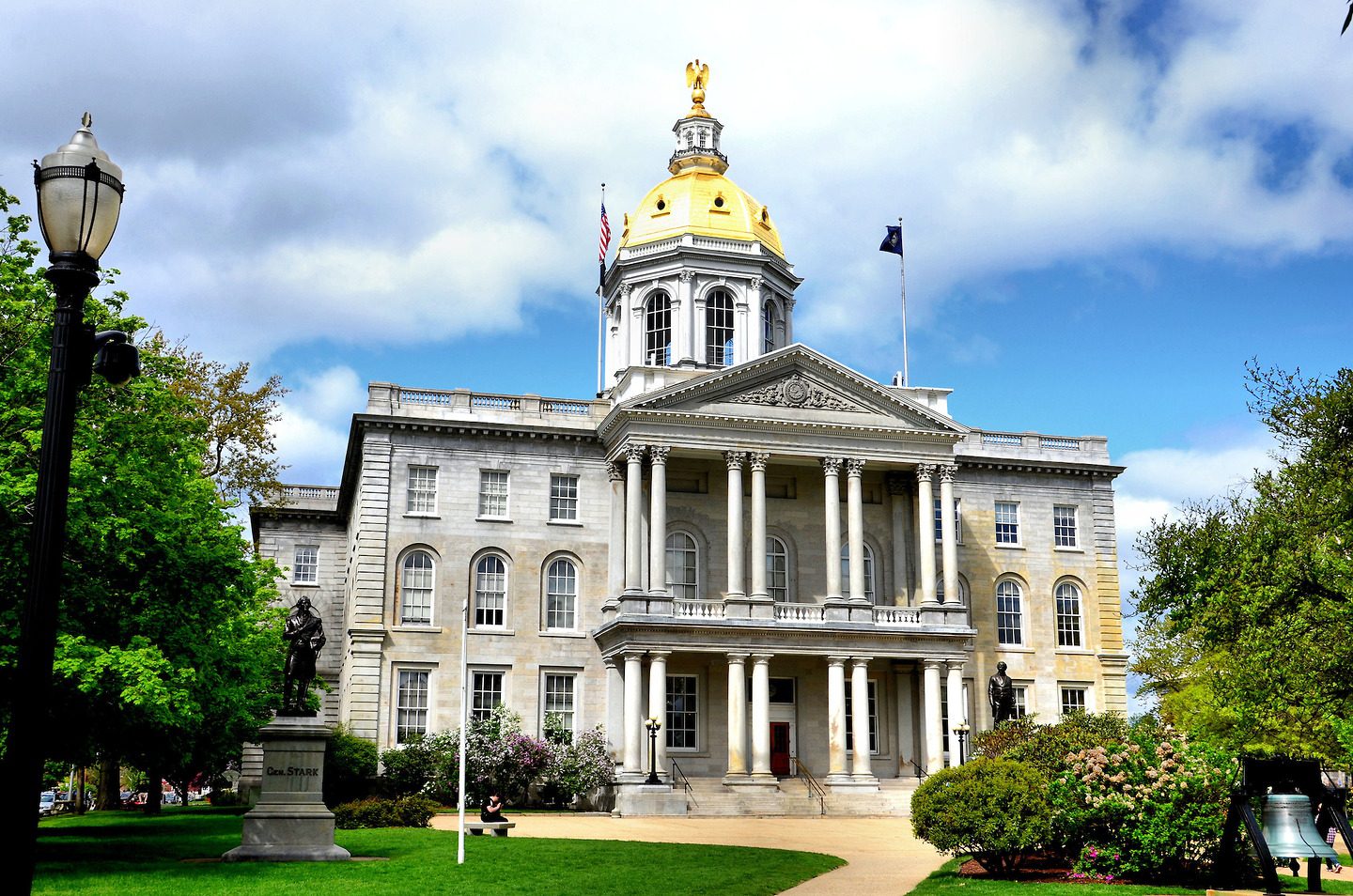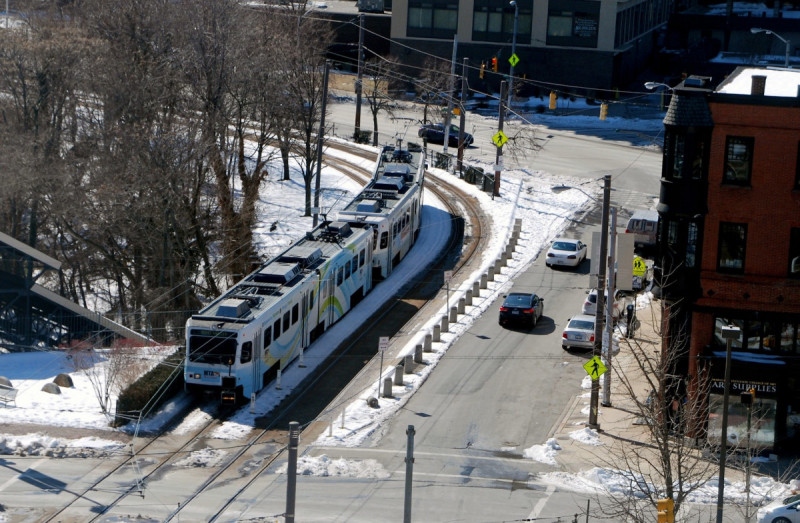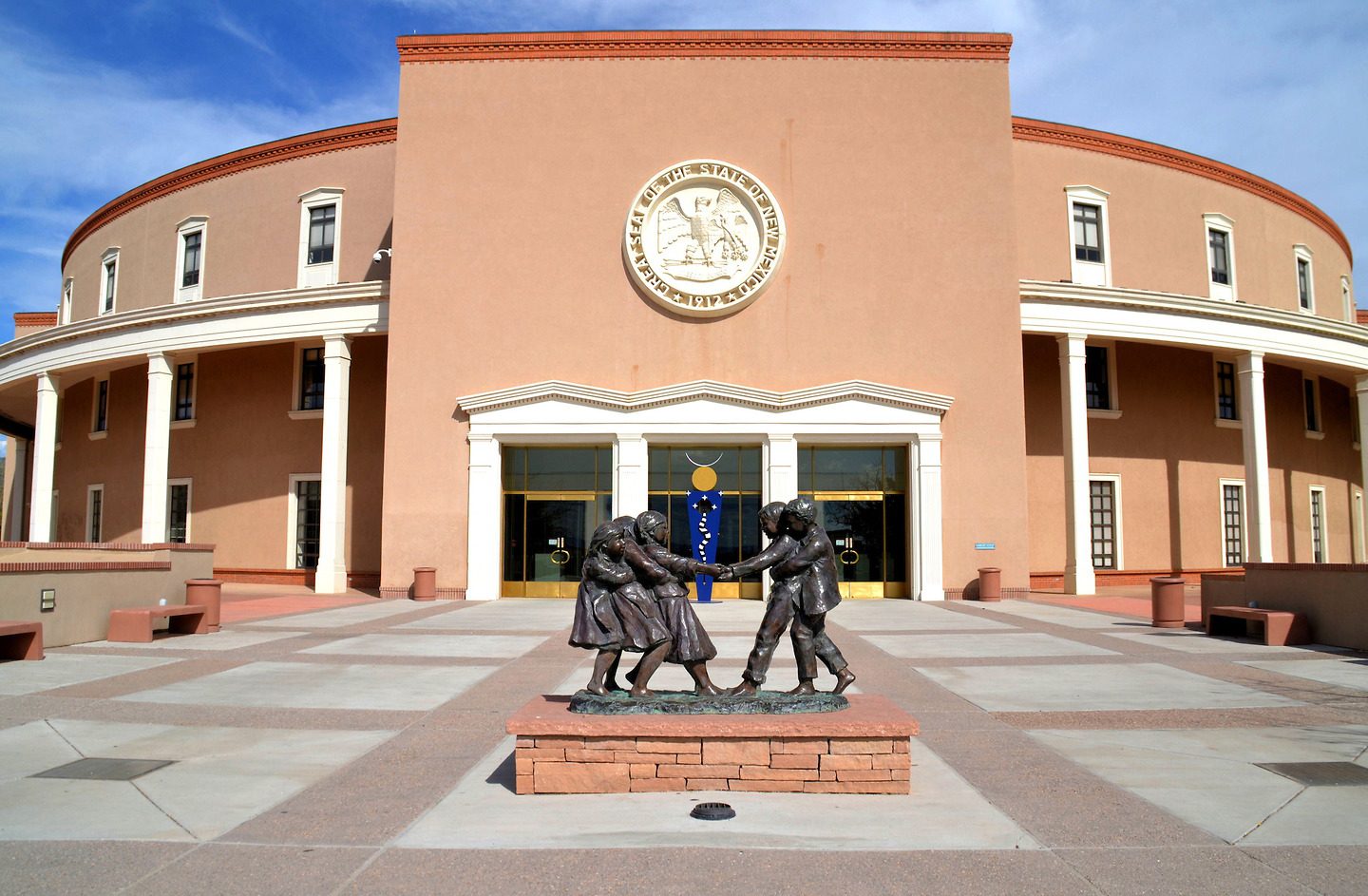Democrats rip New Hampshire GOP over political maps

Democrats are accusing New Hampshire’s Republican legislative leaders of “gerrymandering” new political maps for the state’s congressional districts.
On Wednesday, a GOP-led committee tasked with redrawing the state’s political boundaries based on the 2020 census results released proposed new maps for the 1st and 2nd Congressional Districts that will guide elections for the next decade.
The reconfigured maps would make the 1st Congressional District more Republican by shifting several GOP-leaning communities along the Massachusetts border – including Salem, Hudson and Windham – into the district.
The plan would make the 2nd Congressional District slightly more Democratic by including several Democratic-leaning communities, including Portsmouth, Rochester and Dover.
The 1st District is currently represented by Democrat Chris Pappas, while the 2nd District is represented by Democrat Annie Kuster. Both are facing challenges in next year’s election.
Ray Buckley, chairman of the New Hampshire Democratic Party, said the proposed maps show that “Republicans are plowing forward on a path of far-right extremism.”
“For the first time, the NH GOP is carving up longstanding competitive districts – districts that were originally drawn by generations of Republican legislators – and redrawing them to rig elections in their favor as much as possible,” he said. “The NH GOP is pushing into new boundaries of anti-democratic behavior and institutionalized corruption.”
Democrats released their own proposal for the new congressional maps, which kept the districts largely unchanged from the current boundaries.
Rep. Kuster, who stands to benefit from the GOP’s proposed changes to the 2nd District, sided with fellow Democrats in ripping the redistricting plan.
“In New Hampshire, we pride ourselves on hard-fought, fair elections in which candidates make their case to voters and outline why their accomplishments and vision make them worthy of Granite Stater’s trust,” she said. “The congressional maps outlined by the Republican members of the House Redistricting Committee fly in the face of that long-held tradition.”
The U.S. Constitution requires states to draw new congressional district lines every 10 years, following the census, to account for changes in their population. States also use those numbers to draw maps for their state legislative districts.
Between 2010 and 2019, the Granite State grew by about 4%, adding 57,600 new residents for a total population of 1,379,089, according to 2020 census data.
New Hampshire has 424 state legislators and two representatives in Congress, which won’t increase or decrease based on the most recent census figures.
Democrats had previously raised concerns that Republicans, who took over the Legislature after the November 2020 election, might try to redraw political maps to favor GOP candidates.
New Hampshire GOP Chairman Steve Stepanek caused a stir earlier this year when he “guaranteed” the state would elect a Republican to Congress in 2022 after redistricting.
The nonpartisan group Fair Maps said the proposed changes would make the congressional districts more partisan and less competitive.
“We conclude that the proposed Republican map has been gerrymandered, with Congressional District 2 ‘packed’ with Democrats in a manner similar to the 2010 New Hampshire Executive Council District 2,” the group said in a statement. “This shift makes District 2 less competitive for Republicans, who are vastly outnumbered but retains a higher percentage of Republicans in District 1.”
On Thursday, members of the Legislature’s Special Committee on Redistricting met to discuss the dueling sets of maps but took no action. The panel is expected to meet again next week and possibly vote on the plan.
Rep. Matt Wilhelm, D-Manchester, told fellow committee members there was no need for a major change to congressional districts because there have only been minor changes to the state’s population since the previous census 10 years ago.
“The goal here was to keep both of the congressional districts in a way to remain competitive, mirroring the state as a whole,” Wilhelm said.
But Rep. Ross Berry, R-Manchester, who helped craft the GOP’s maps, said the goal was to unite several southern tier communities that are currently separated by the two districts.
“I wanted to see the rest of the southern tier put back together,” Berry told committee members.
At least one member of the committee acknowledged that politics played a role in the redrawing of the congressional districts.
“This is a political process,” Rep. Robert Lynn, R-Windham, a former state Supreme Court chief justice, said during the livestreamed hearing. “Was that something that was taken into account? Of course it was.”
The plan must be approved by the Legislature and Republican Gov. Chris Sununu, who pledged earlier this year to veto any redistricting map that “didn’t pass the smell test.”
This article was originally posted on Democrats rip New Hampshire GOP over political maps



